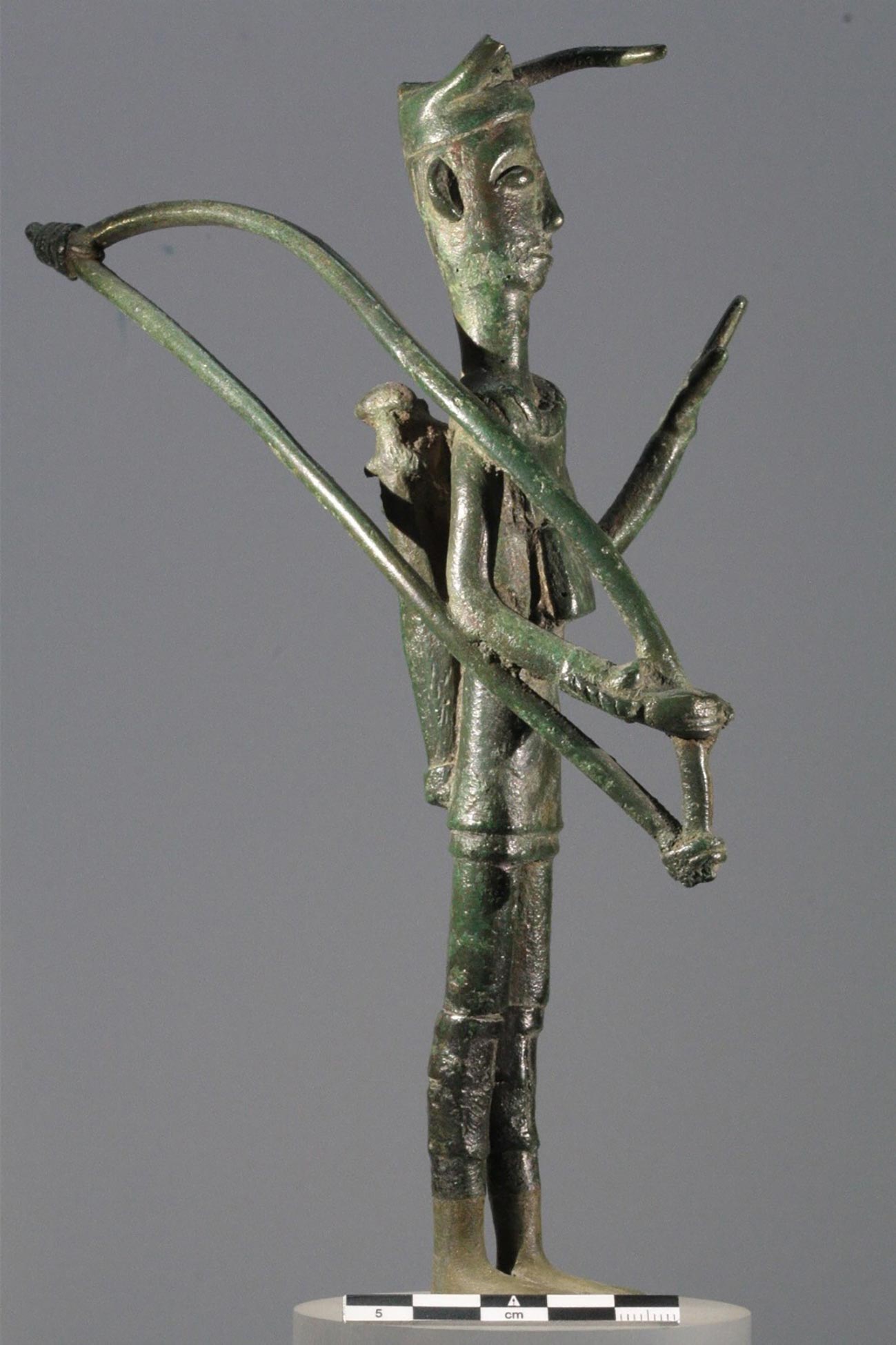Over the past 40 years, Dr. Timothy Lepore has been the emergency room head, sole surgeon and medical examiner on Nantucket, a small island off Cape Cod, Massachusetts. Today he runs the only private practice, where he treats dozens of patients with Lyme disease each year. About 15% of residents on the island have been afflicted with the disease, which can cause a wide range of symptoms like a fever, rash, facial paralysis, an irregular heartbeat and arthritis.
Lepore, 80, may finally be able to retire if a team of scientists’ dream to curb the transmission of Lyme disease on the island becomes a reality. The scientists’ target is not the deer or ticks often associated with the disease: it’s wild mice, the main host of Lyme bacteria. The hope is that by genetically engineering mice to be immune to Lyme and releasing them in Nantucket, the population of mice able to spread Lyme disease on the island will shrink.
Why scientists are zeroing in on Nantucket
The problem on Nantucket can be traced back to 1926, when the community voted to import two female deer to the island to give a lone buck company.
On top of that, by the 1950s, half the land on the island was put into conservation. The untamed brush and wild grasslands create an ideal ecosystem for Lyme’s hosts to thrive.
As the deer population grew, so did the population of ticks. Deer don’t get Lyme, but female ticks feed on them, and then lay as many as 2,000 eggs in a single batch. Deer also spread the disease as thousands of them carry ticks across Nantucket.
60 Minutes
Not all ticks carry Lyme disease, and a tick bite doesn’t guarantee the transmission. Even if the tick is carrying Lyme, the tick has to be attached for more than 24 hours to infect someone.
While most people associate Lyme disease with deer and ticks, white-footed mice are the main host of Lyme bacteria. When an uninfected tick bites an infected mouse, the bacteria transfer to the tick. When an infected tick then bites an uninfected mouse, the cycle continues.
“We have a problem with tick-borne disease because we engineered the environment to maximize the number of ticks and maximize the number of mice that are the best hosts of Lyme disease,” Kevin Esvelt, a genetic engineering pioneer and associate professor at MIT, said. “It came back and bit us, literally.”
Lyme disease can be treated with antibiotics, but if left untreated, the infection can spread to the heart, joints and nervous system, as it did for 33-year-old Shauna Asplint, who was first diagnosed with Lyme when she was 10. A few years later, the left side of her face stopped moving, a residual effect from the disease still noticeable today.
Lyme disease afflicts nearly half a million people a year in the United States, according to the Centers for Disease Control and Prevention. The disease is rarely fatal.
What scientists are hoping to do
In 2013, Esvelt was the first to identify that CRISPR, a technology that allows scientists to modify DNA, could be used to change a species’ genetics in perpetuity. His discovery led to Mice Against Ticks, a project run out of Esvelt’s Sculpting Evolution lab at MIT.
For the last nine years, he and researcher Joanna Buchthal have looked into whether they could add a gene for an antibody that prevents Lyme disease to a mouse embryo that has progressed into two cells. The lab’s technique involves injecting both cells to maximize the likelihood of getting the antibody into the DNA.
The injection mix contains both the antibody gene and CRISPR, which acts like molecular scissors. After CRISPR finds and cuts the targeted area of DNA, the cell inserts the antibody gene into the mouse’s genetic code.
Once the mouse is born, it will be immune to Lyme disease, and so will its children. The immunization is heritable.
The proposed plan is to release thousands of engineered mice on Nantucket over time, starting during the winter months when the native mouse population is low. The immune mice wouldn’t spread Lyme to ticks. Therefore, the scientists believe that as the immune population of mice grows, the spread of Lyme disease on the island will slow.
Potential consequences for messing with Mother Nature
The scientists’ plan would, essentially, speed up evolution, a process that typically happens very slowly, over thousands or millions of years.
“And that’s precisely why we have to be careful, because we are doing things that couldn’t happen naturally,” Esvelt said.
Esvelt needs the community to agree before he releases genetically engineered mice on Nantucket. Some there have concerns about the potential impact on Mother Nature. Scientists have presented their findings to locals at a series of town halls, which are followed by public Q&A sessions. One resident, who has had Lyme disease twice, thought the mice plan was a “cool” idea, but shared some reservations.
“Mice are kinda the foundation of the food chain. So tinkering with the food chain makes me a little cautious,” the resident said during a town hall last fall.
Scientists have presented their latest findings to locals 10 times.
Sam Telford, Esvelt’s collaborator and an epidemiologist at Tufts University who’s been studying ticks on Nantucket for the last 40 years, acknowledges that it would be more economical and straightforward to go out and poison the mice on the island.
60 Minutes
“But then there’s a whole food chain that might depend on these mice that would be impacted,” Telford said.
Dr. Timothy Lepore, the physician holding off on retirement, is supportive of the scientists’ proposal, but as an avid falconer, he wants more testing done to ensure there won’t be unintended consequences to the island’s ecosystem.
If federal and state regulators agree, the team plans to first release the engineered mice in a small field trial on a private island so that they can better understand the ecological impacts before any potential experiments on Nantucket.
Esvelt admits he also worries about the impacts of messing around with Mother Nature.
“But, on the other hand, I’m not terribly fond of Mother Nature, if she’s gonna give my kids disease,” Esvelt said. “All of technology is saying to Mother Nature, ‘You’re beautiful. And we appreciate you very much and we need to conserve you. But we’re not always happy with the way things work, naturally. And so we’re going to change it.'”
Source link




